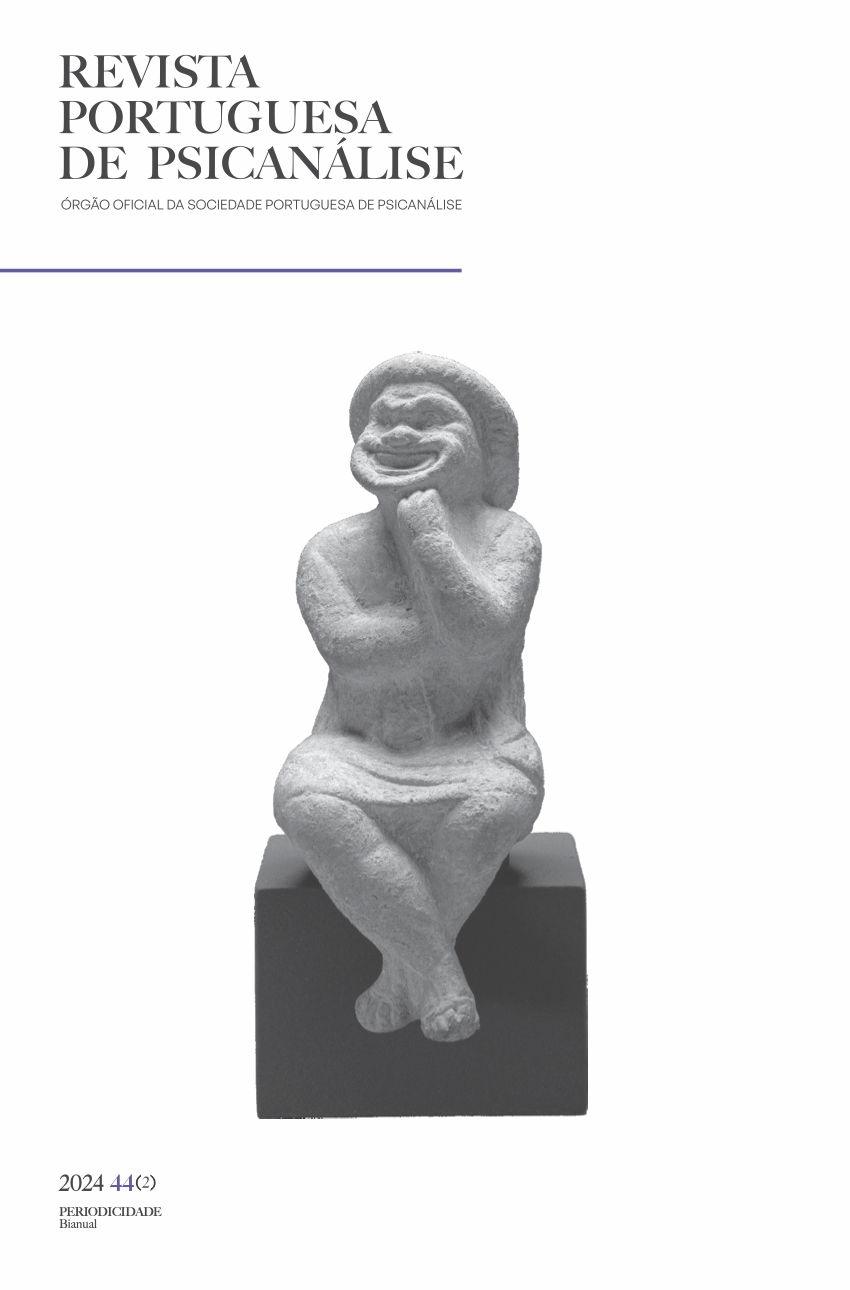The Birth of the Sense of Time: From Reflexive Order to Symbolic Order

Abstract
Time constitutes one of the organizers of the mind. How does the sense of time evolve from the first proto-mental formations to the consciousness of time? The phenomenological-existential perspective of time, the cyclical dimension and temporality of physiological processes are linked to the rhythmic nature of early inter-corporeality, giving rise to experiences that are only possible in the course of time and are organized into increasingly complex units. Various dimensions of the relationship to time are explored — chronological time, subjective time, temporality, temporalization, historicization, and progression. The precursors of the sense of time are organized from the archaic levels of psychic functioning, the body — the stage for physiological phenomena — to the pre-verbal modalities of communication and symbolic order that give rise to consciousness of time. The early contributions of Freud and the work of André Green are highlighted. Psychopathology is a privileged source of indirect observations that can help to reconstruct the developmental path of the sense of time. From psychopathological phenomenology to the similarities between Heidegger’s philosophical language and André Green’s psychoanalytic discourses, we end with clinical vignettes from clinical work with adult patients, making use of concepts of associative reverberation, heralding anticipation, associative irradiation, and movement.
Keywords
time, sense of time, phenomenology, reality principle, psychopatology
Author Biography
Ana Dias
Mestre em Psicologia Clínica pela Universidade de Lisboa. Psicoterapeuta e Psicanalista; Membro Associado da Sociedade Portuguesa de Psicanálise (SPP) e da Associação Psicanalítica Internacional (IPA).
References
- Bion, W. R. (1967). Second Thoughts: Selected Papers on Psychoanalysis. Heinemann.
- Borges-Duarte, I. (2021). Cuidado e temporalidade. Em Cuidado e afectividade em Heidegger e na a análise existencial-fenomenológica (pp. 53–77). Editora Nau.
- Cabré, J. M. (2008). The psychoanalytic conception of trauma in Ferenczi and the question of temporality. The Americam Journal of Psychoanalysis, 68, 43–49. https://doi.org/10.1057/palgrave.ajp.3350051
- Civitarese, G. (2019). The concept of time in Bion ?s “A theory of thinking”. The International Journal of Psychoanalysis, 100(2), 182–205. https://doi.org/10.1080/00207578.2019.1570216
- Colarusso, C. A. (1987). The development of time sense: from object constancy to adolescence. Journal of the American Psychoanalytic Association, 35(1), 119–144. https://doi.org/10.1177/000306518703500106
- Dias, A. M. (2022). A Temporalidade em Psicanálise. Revista Portuguesa de Psicanálise, 42(2), 26–32. https://doi.org/10.51356/rpp.422a3
- Eliade, M. (1957). O sagrado e o profano. A essência das religiões. Livros do Brasil.
- Ferenczi, S. (1994). Stages in the development of the sense of reality. Em S. Ferenczi Further Contributions to the Theory and Technique of Psychoanalysis (pp. 366–378). Karnak Books. (Original publicado em 1913.)
- Ferenczi, S. (1994). The problem of acceptance of unpleasant ideas. Em S. Ferenczi Further Contributions to the Theory and Technique of Psychoanalysis (pp. 366–378). Karnak Books. (Original publicado em 1926.)
- Fischbein, J. E. (2017). Configurations of time, the body, and verbal communication: Temporality in patients who express their suffering through the body. The International Journal of Psychoanalysis, 98(2), 323–341. https://doi.org/10.1111/1745-8315.12583
- Goldschmid, M. L. (1971). Book review Piaget, J. The child’s conception of time. American Educational Research Journal, 8(1), 171–173.
- Freud, S. (1990). Projeto para uma psicologia científica. Em S. Freud, Edição Standard Brasileira das Obras Psicológicas completas de Sigmund Freud. Imago. (Original publicado em 1895.)
- Freud, S. (1990). Carta 52. Em S. Freud, Edição Standard Brasileira das Obras Psicológicas completas de Sigmund Freud. Imago. (Original publicado em 1896.)
- Freud, S. (1990). O inconsciente. Em S. Freud, Edição Standard Brasileira das Obras Psicológicas completas de Sigmund Freud. Imago. (Original publicado em 1915.)
- Fuchs, T. & Pallagrosi, M. (2018). Phenomenology of Temporality and Dimensional Psychopathology. Em M. Biondi, M. Pasquini & A. Picardi (Eds.), Dimensional Psychopathology (pp. 287–300). Springer. https://doi.org/10.1007/978-3-319-78202-7_10
- Fuchs, T. (2021). In Defence of the Human Being. Oxford University Press. Gifford, S. (1960). Sleep, Time, and the Early Ego; Comments on the Development of the 24-Hour Sleep-Wakefulness Pattern as a Precursor of Ego Functioning. Journal of the American Psychoanalytic Association, 8(1), 5–42. https://doi.org/10.1177/000306516000800101
- Green, A. (2002). Time in psychoanalysis. Some contradictory aspects. Free Association Books.
- Green, A. (2008). Freud’s concept of temporality: Differences with current ideas. The Internatinal Journal of Psychoanalysis, 89, 1029–1039. https://doi.org/10.1111/j.1745-8315.2008.00076.x
- Junior, C. A. & Arán, M. (2011). O lugar da experiência afetiva na gênese dos processos de subjetivação. Psicologia USP, 22(4), 725–745. https://doi.org/10.1590/S0103-65642011005000032
- Loewald, H. W. (1972). The experience of time. The Psychoanalytic Study of the Child, 27(1), 401–410. Doi: 10.1080/00797308.1972.11822722
- Lombardi, R. (2003). Knowledge and experience of time in primitive mental states. The International Journal of Psychoanalysis, 84: 1531–1549. https://doi.org/10.1516/002075703322642476
- O’Shaughnessy, E. (1981). A commemorative essay on W.R. Bion’s theory of thinking. Journal of Child Psychoanalysis, 7(2), 181–192. https://doi.org/10.1080/00754178108255031
- Sabbadini, A. (1989). How the Infant Develops a Sense of Time. British Journal of Psychotherapy, 5(4), 475–484.
- Schiffer, I. (1978). The Trauma of Time: A Psychoanalytic Investigation. International Universities Press.
- Stern, D. (1992). Bebé Mãe. Primeira relação humana. Edições Salamandra.
- Winnicott, D. (1994). O destino do objeto transicional. Em C. Winnicott, R. Shepherd & M. Davis (Eds.). Explorações Psicanalíticas. Artmed Editora. (Original publicado em 1959.)